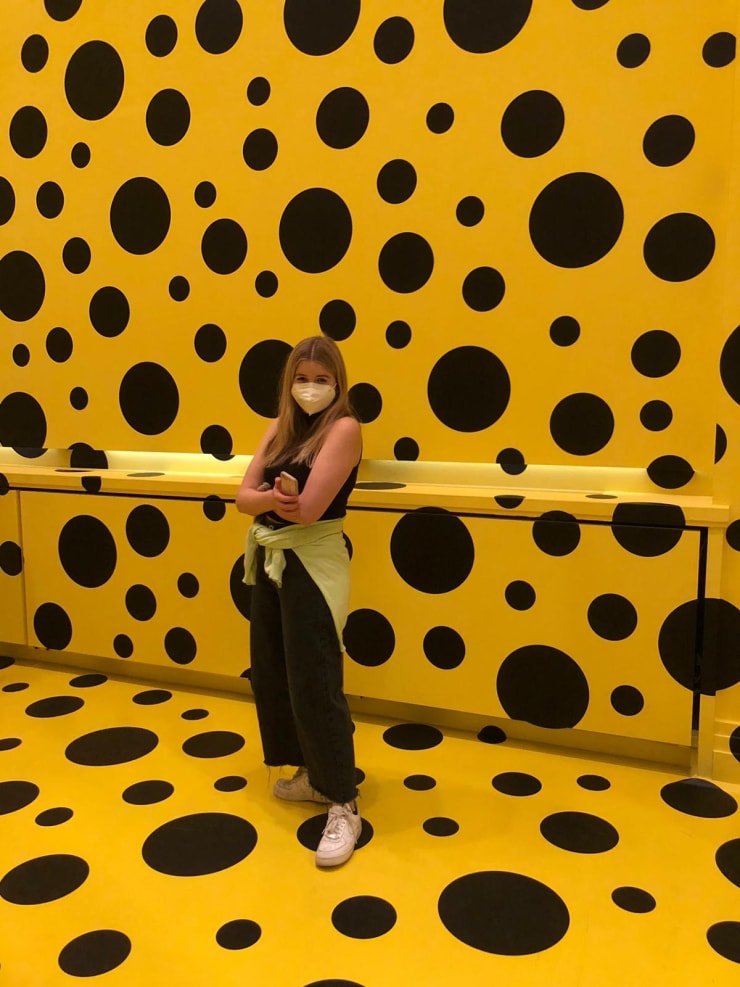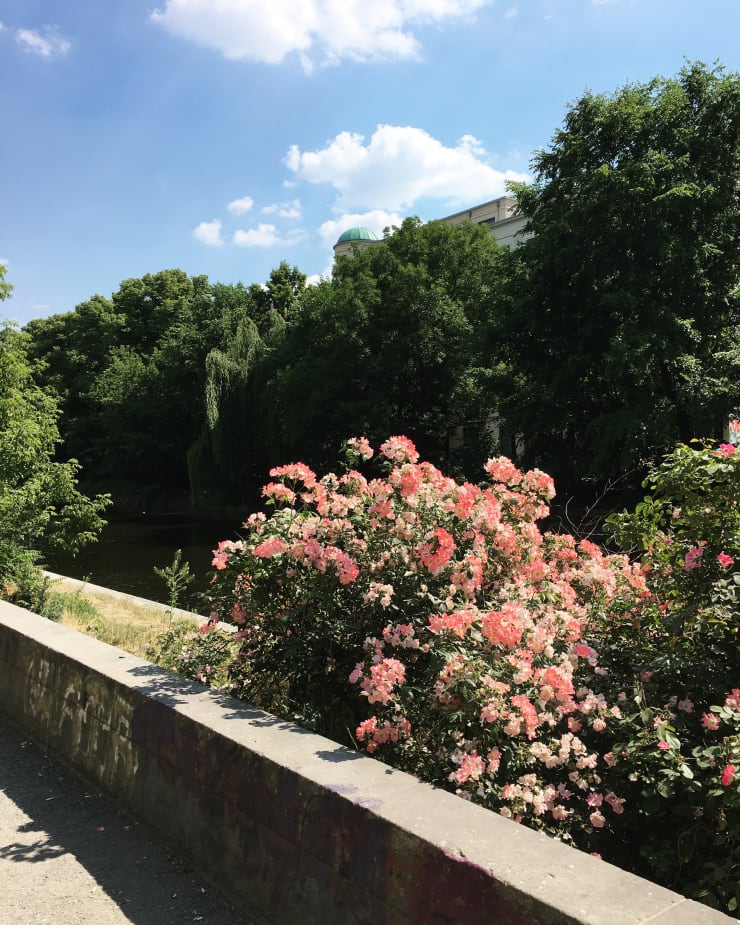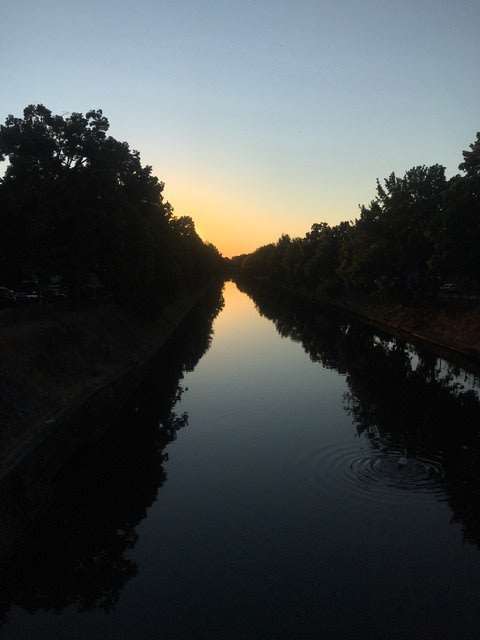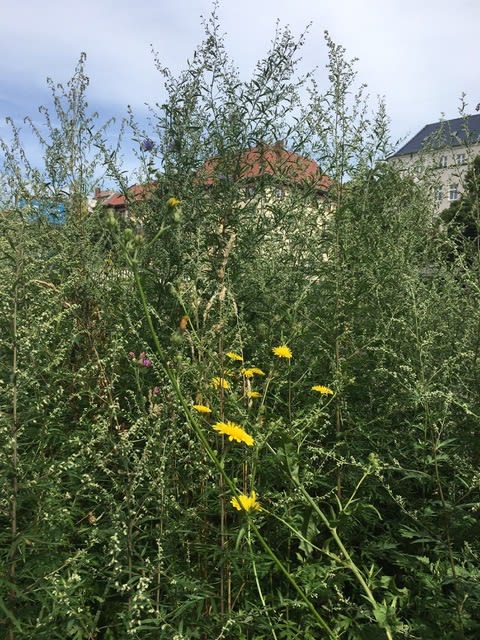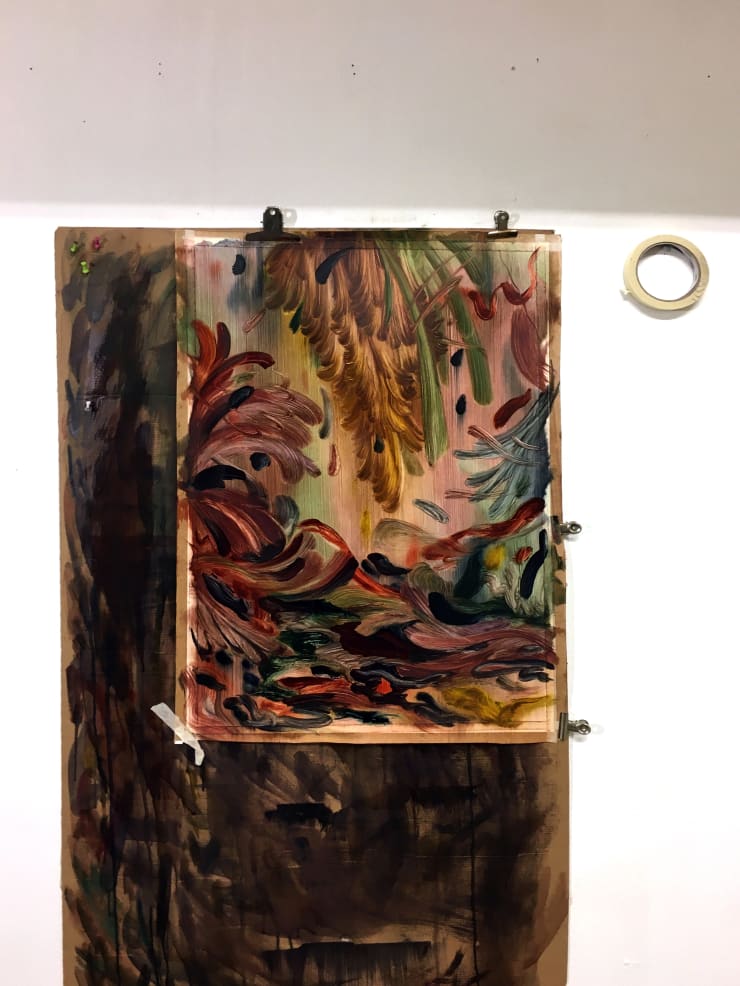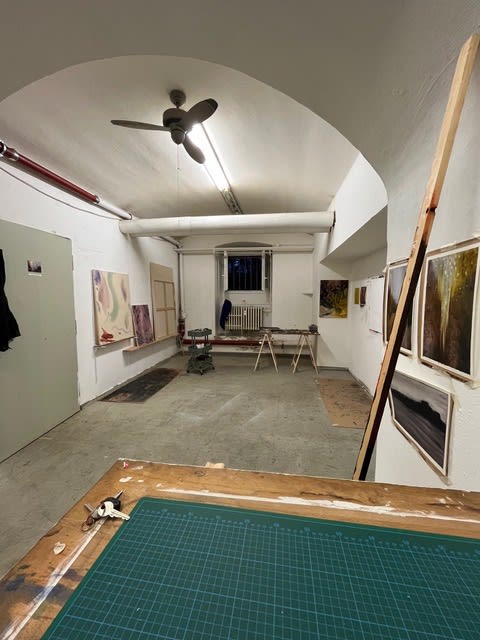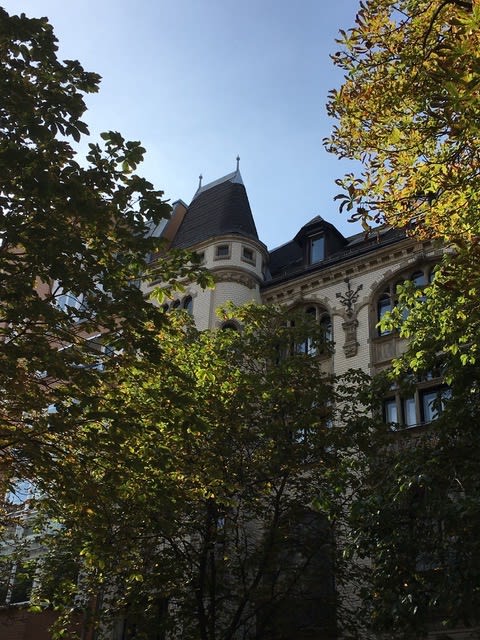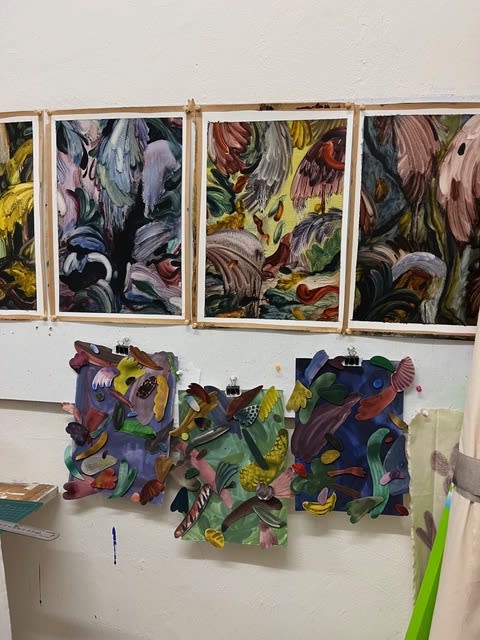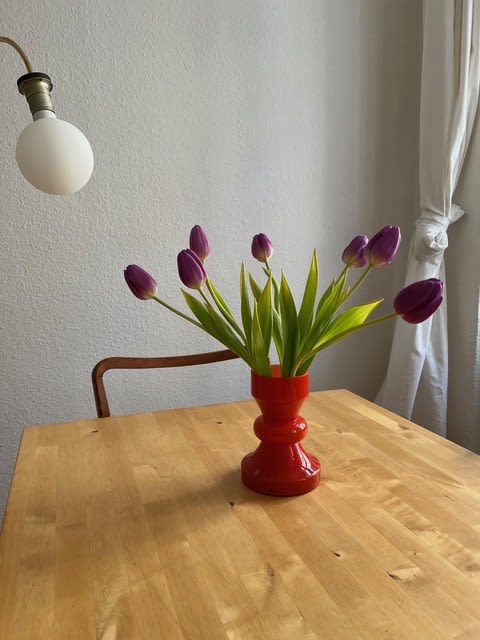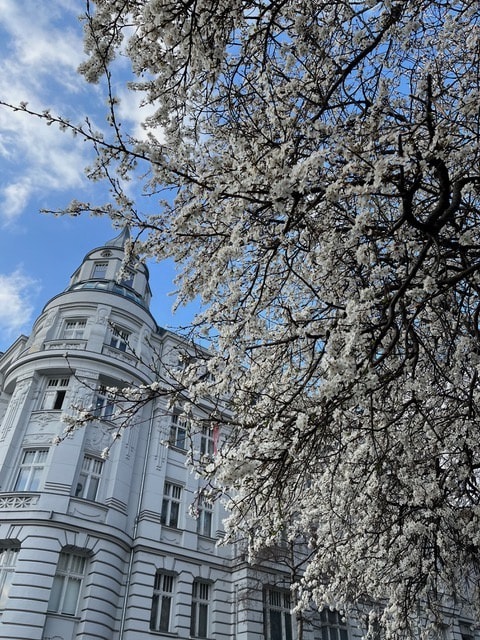OTOMYS: You’ve recently moved from Cape Town to Berlin. How are you finding the transition?
Alexia Vogel: The two cities are quite incomparable and the lifestyles differ hugely. I think moving in general is quite a challenge. Amongst settling into a new way of life, starting my studio, home and friendships from scratch has been a bit of a shock to the system. Overall it has been really good for me, my comfort zone has expanded and I’ve learnt a few new things about myself. I have only ever lived in Cape Town so it was time for a change.
OTOMYS: Does living in Berlin feel very different to working in Cape Town for you? How much have your processes and routines changed?
Alexia Vogel: So different! I’m used to driving a car to a large, sunlit studio with a sneaky sea view. I now ride my bicycle (which I love!) to a smaller studio that is in a basement where I solely rely on artificial lighting. It doesn’t sound ideal but it is super affordable and the area is great. Plus, I have lovely studio mates, including Phoenix, the sweetest studio dog!
The studio is located in the castle-like, Kunstquartier-Bethanien which was built in 1845 and was designed to be a hospital and operated as one until 1970. It eventually became an Arts Centre and currently has a music school, galleries, a restaurant and studio spaces. (More info on the history if you are interested - read here.
In terms of my processes, my scale has stayed on the smaller side because I haven’t quite found the right suppliers for canvas yet, so paper has been my preferred medium.
I have also been using a lot less turpentine because I don’t get that much air through the space and the turpentine fumes tend to linger. I’m quite excited about having limitations like these though, it helps push my practice.
I’m also using a lot of colour. I think I’m overcompensating for the lack of natural light in my space as well as experiencing my first northern hemisphere winter. Not that I was ever afraid of colour, but I think it has been accentuated in this new body of work.
OTOMYS: How has the move changed your artistic output, as we understand you do not have a print press in your Berlin studio?
Alexia Vogel: I don’t have a press unfortunately, but recently I discovered an entire print studio in Kunstquartier-Bethanien, so I plan to investigate renting one there.
I've been focussing on working with paper, mostly because of scale but also because it’s easier to transport and ship. I’m playing it practical for now.
OTOMYS: With the shift in mediums, do you feel a qualitative difference in the instinctual, spontaneous aspect of your practice?
Alexia Vogel: I took a long break (almost a year) from working with oils on paper, I can’t remember why exactly. I think I was determined to tackle smaller scale canvas works, which was a size I was very uncomfortable with. To me, canvases needed to be big to allow for more movement and freedom. The uncontained painting really interested me more, but I had to become more practical with my sizes.
The first few works I made when I moved to my studio in Berlin were collages. I found the work to be very comforting, with the repetitive mark-making, cutting out shapes and playing with watercolour washes. The collaging process is very instinctual; placing shapes and colours until a composition reveals itself. I started tackling oil on paper paintings in a similar manner- moving from more figurative, “jungley” landscapes to abstract, hazy ones with clear moments that celebrate individual brushstrokes.
I love the slippery surface of paper and I find it definitely pushes the instinctual practice. The paint dries a lot faster so I have to be quite quick with each work. I need to decide which marks I want to freeze and which to allow to move and that involves a lot of timing. When the paint is at a certain dryness it is easier to push across the surface and leave traces, as opposed to leaving it too long when pigments have set and are only moveable with some turpentine. It can often end in paintings being wiped away completely but it’s exciting because a lot of it is out of my control, and so much of it depends on how the pigment and turpentine interact.
